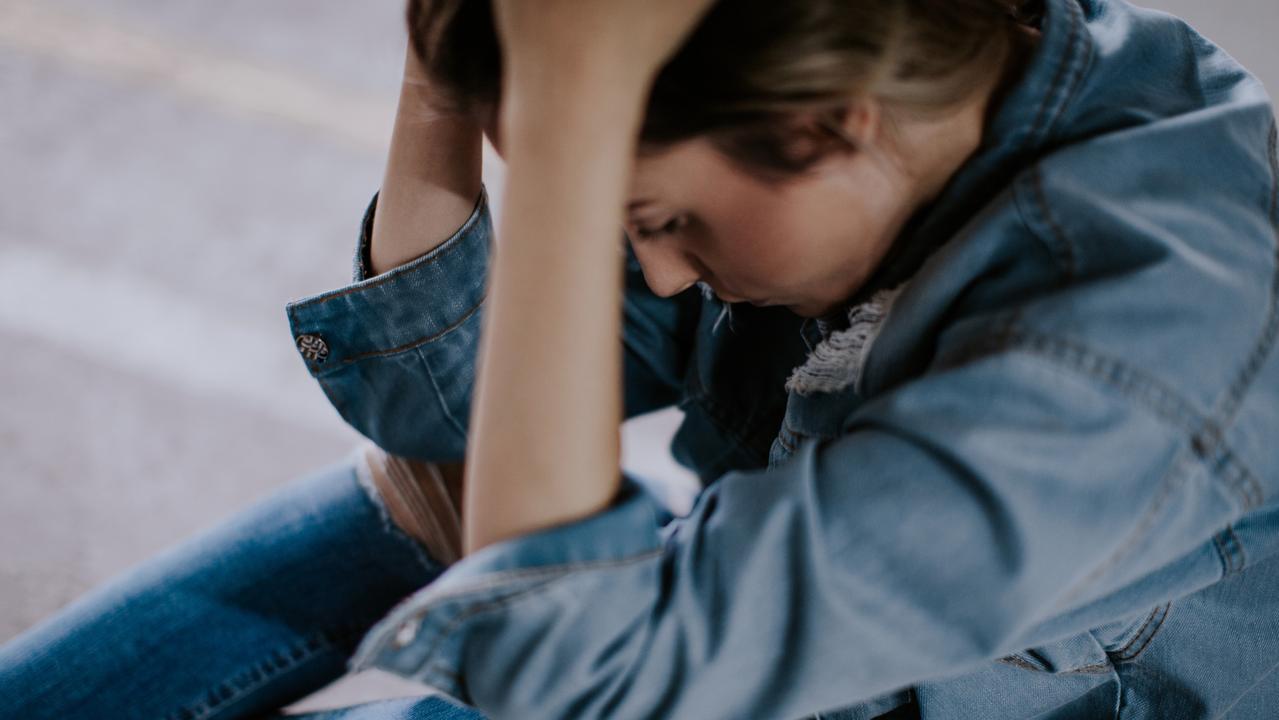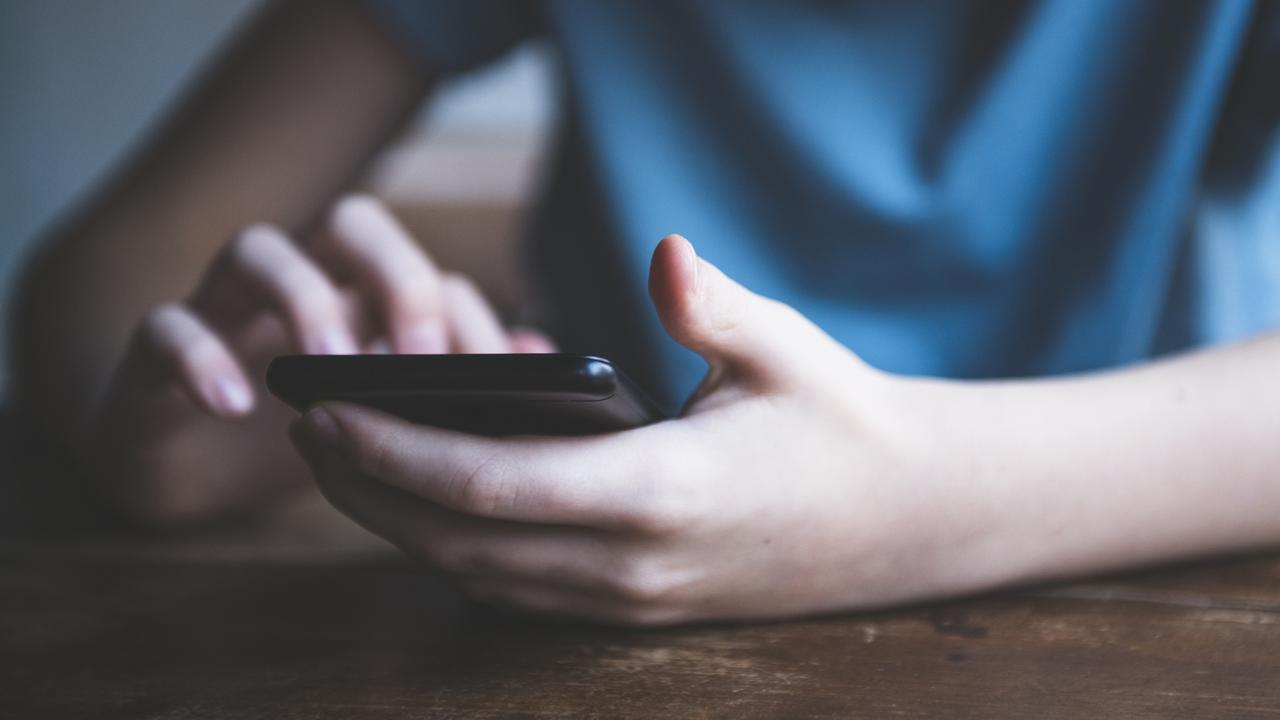Kids Helpline report doubling of suicide crisis interventions between 2018 to 2023
Crisis interventions involving suicide attempts by young Aussies have nearly doubled in the last five years, a major report has revealed.
Crisis interventions for vulnerable Aussie children who are at grave risk of attempting suicide have doubled in the past five years, with teens aged between 14 to 16 noted as the most high-risk group.
Data from the almost 380,000 calls and webchat contacts made to the Kids Helpline shows 3893 instances required crisis safety interventions where counsellors were required to take immediate steps to alleviate harm, like contacting ambulance, police, or child protection services.
Of these high-pressure calls, 1706, or 44 per cent, were related to suicide attempts, followed by child abuse (27 per cent), and mental illness escalation (9 per cent).
Year-on-year, the cases involving suicide increase, with these types of contacts representing 37 per cent of crisis interventions in 2022.
Figures from the last five years, also reported more than a doubling of interventions related to suicide attempts, with 825 incidents in 2019, to 1706 in 2023.

yourtown chief executive Tracy Adams said counsellors were trained to assist young people through their most vulnerable and at-risk period, and help them “develop new coping skills to manage their mental health and suicidal thoughts in the long-term”.
A state-by-state breakdown revealed Victoria had the highest percentage (30 per cent) of interventions related to suicide-attempt out of any other state or territory. This was followed by NSW (28 per cent), Queensland (22 per cent), South Australia (8 per cent), Western Australia (6 per cent), Tasmania (4 per cent) and the ACT (2 per cent).
“These young people often tell our counsellors, ‘I don’t want to die. I just don’t want to hurt anymore,” she said.
“These resilient young people are often motivated to seek help by their reasons to live.”
However, ensuring its 144 professional counsellors are able to respond to the helpline’s 24/7 demand is another challenge.
Out of the 380,000 contacts made to the Kids Helpline, counsellors were able to respond to less than half (122,356),” said Ms Adams.
“The challenge we’ve got is that demand exceeds our capacity to respond,” she said.
“We know young people are using a lot of our resources and that’s great … but what worries us (is) how many young people potentially don’t get through when they first try.”

Queensland mum Sue Koning credits the Kids Helpline with saving her daughter, Molly, when she overdosed while suffering a mental health episode at 14.
In 2012, Ms Koning and her husband had left to go to work, and left Molly at home who was too sick to go to school.
Hours later Ms Koning received a call from paramedics who had arrived at their Sunshine Coast Hinterland home.
“I obviously had no idea of what was going on at this point but it transpires that she had called Kids Helpline, she had taken an overdose, and they had done the right thing and contacted emergency services,” said Ms Koning.
“I remember saying to them: ‘Please don’t go until I get home, which was about a 25 minutes drive from’. I asked them to wait for me if that was possible and they did.”

It wasn’t until after Molly’s hospitalisation that Ms Koning realised she had previously contacted the Kids Helpline, and would do so up until she was 25.
“From talking to Molly afterwards, it took a lot of courage for her to be able to make that initial contact,” she said.
“We will always be incredibly grateful to the service because they really did save her life, and they have done so on many occasions.”
Ms Koning acknowledged it could be “very hard” to speak to their parents about mental health, and said anonymous helplines were a way children could “comfortably” talk to professionals.
“As a parent, you want to make everything right for your children … but children generally can’t talk to their parents about these things, so they need to be able to talk to somebody,” she said.
“It’s very comforting to know she was prepared to use that service, and that she felt comfortable enough to use Kids Helpline, and continue to use it.
“Mental health is an ongoing thing. You’re in it for the long haul.”



